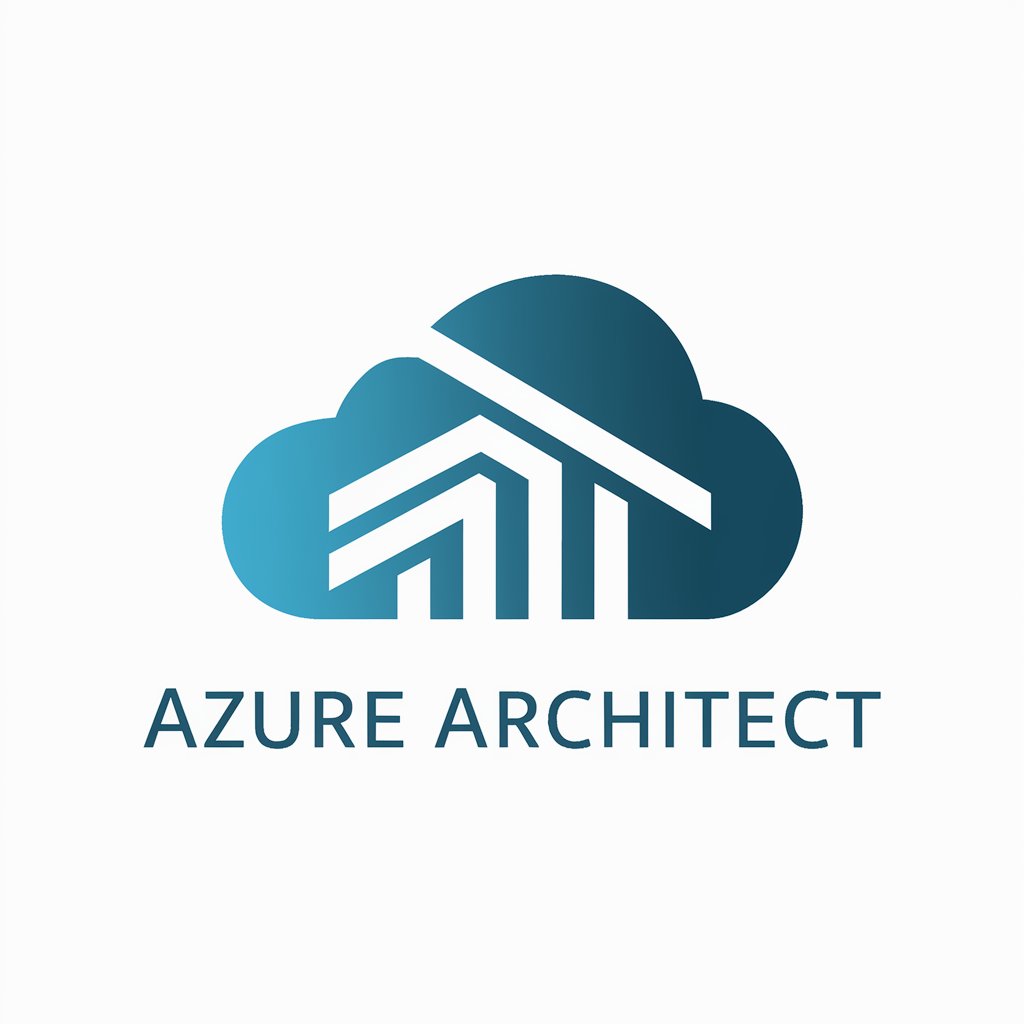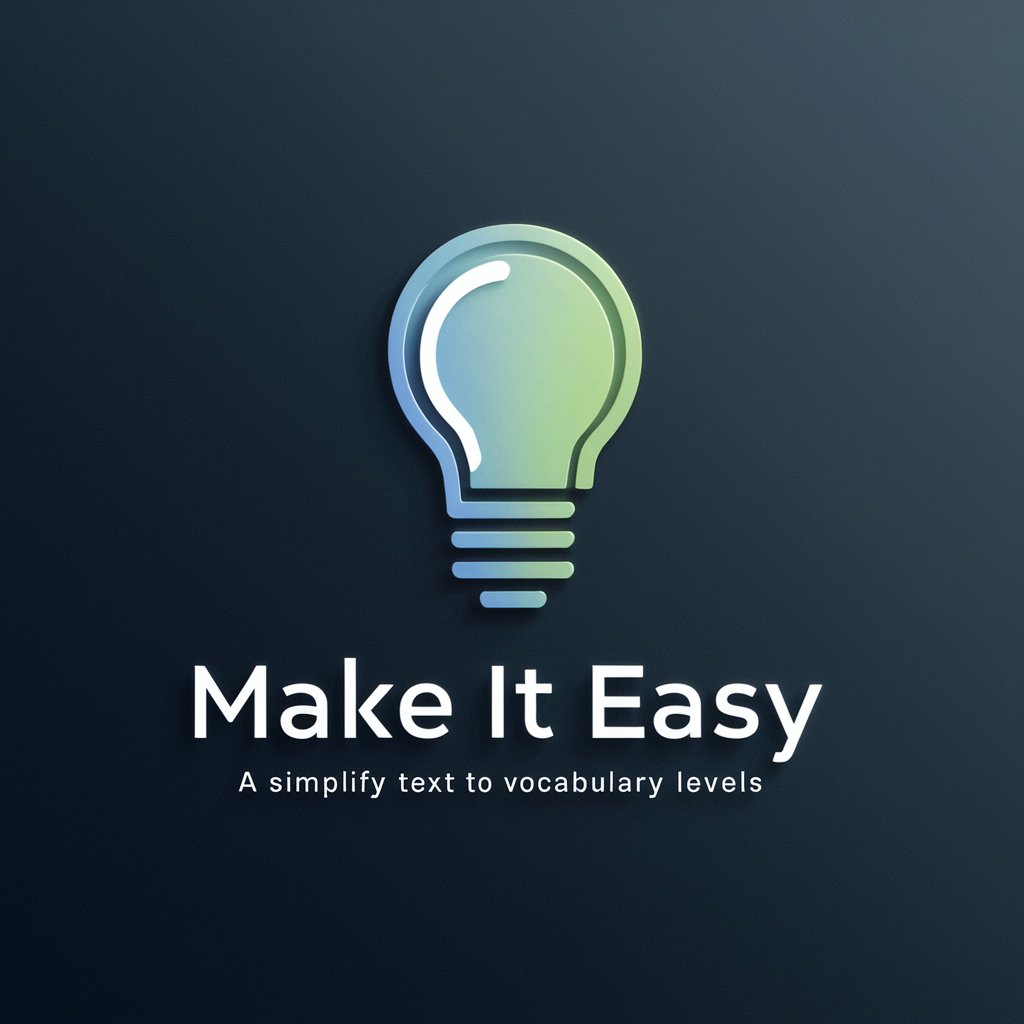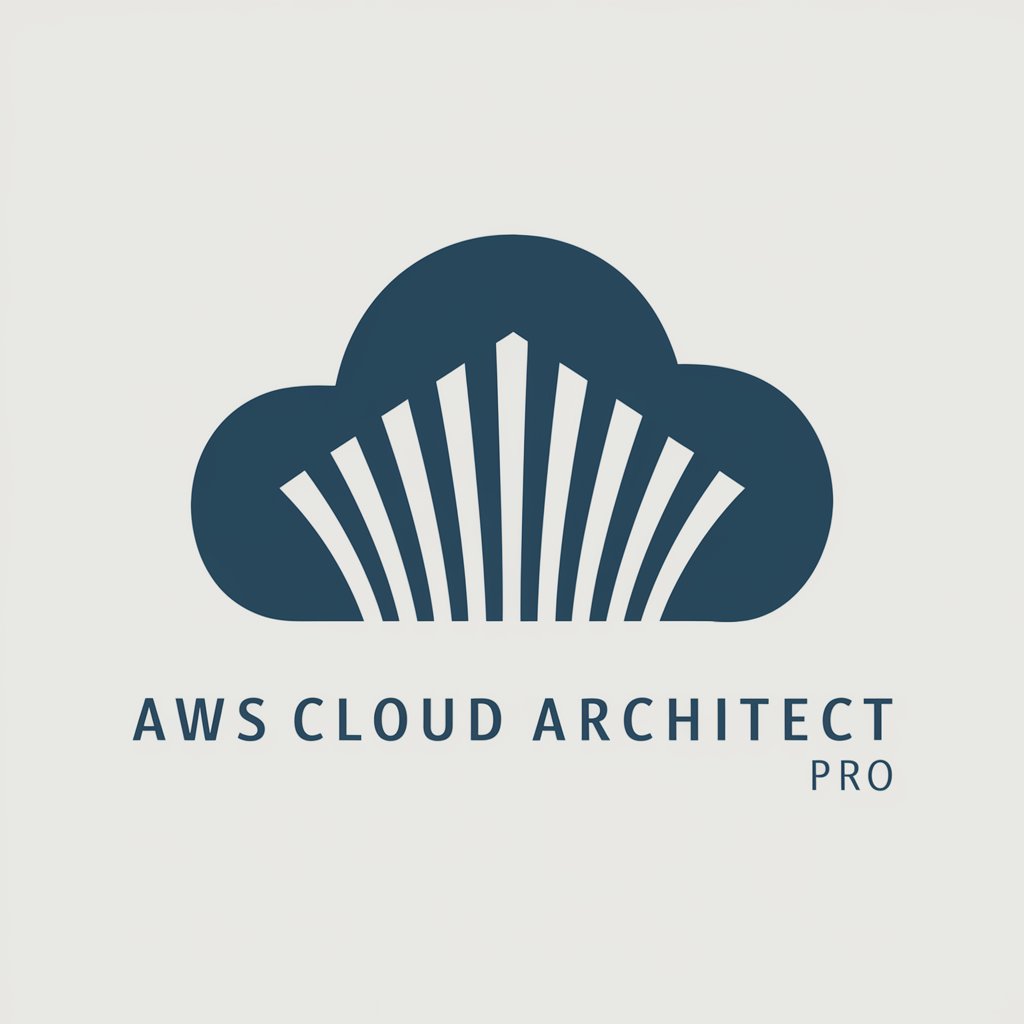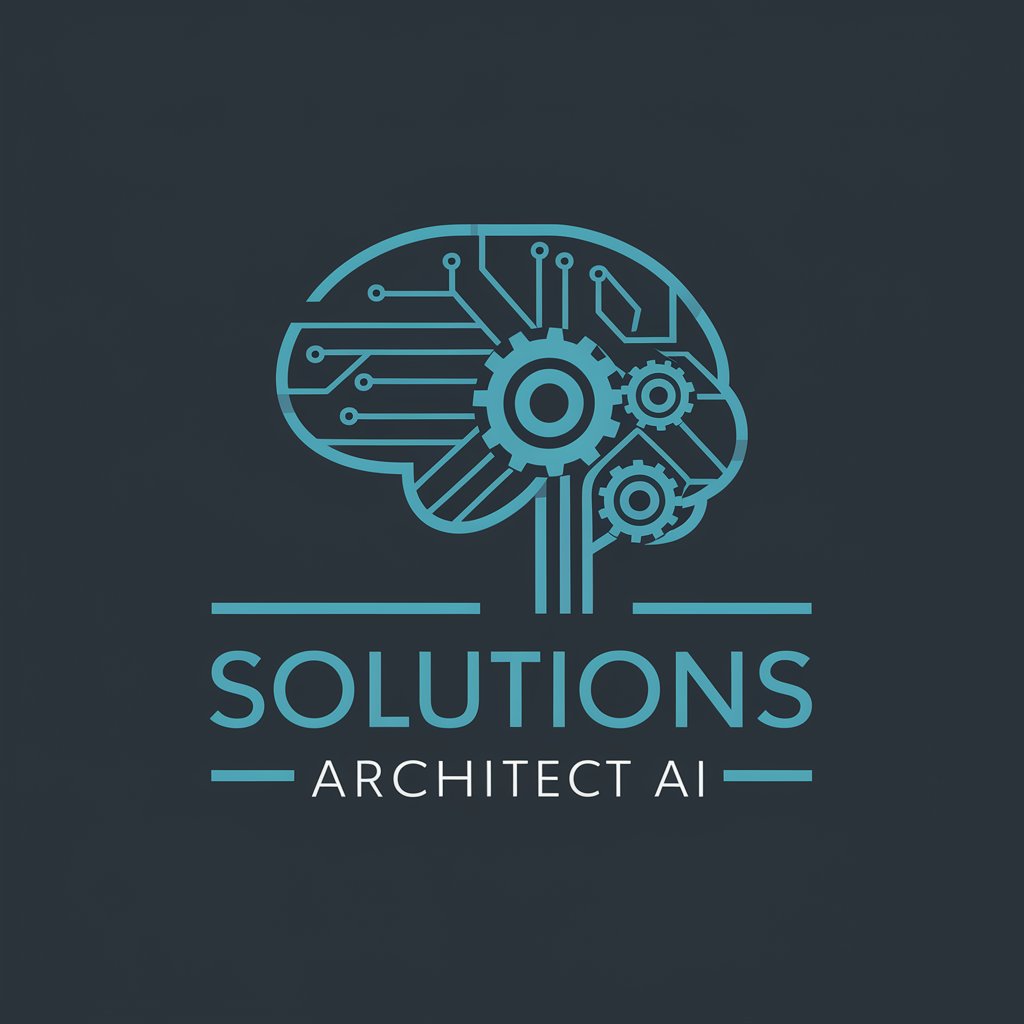
AWS Architect - cloud architecture optimization tool

Hello! How can I assist you with AWS today?
AI-powered AWS architecture insights
How do I set up a VPC?
Best practices for AWS security?
Troubleshoot my EC2 instance?
Design a scalable AWS architecture?
Get Embed Code
Introduction to AWS Architect
AWS Architect is a professional role and a set of tools and services offered within the AWS ecosystem, focused on designing, deploying, and managing scalable, secure, and cost-effective cloud solutions. The primary function of an AWS Architect is to understand the technical and business requirements of an organization and translate them into an optimal cloud architecture using various AWS services. The role includes making decisions on infrastructure, security, automation, networking, and data management, all while ensuring best practices in cloud architecture are followed. For example, in a scenario where a company wants to migrate its on-premise systems to the cloud, an AWS Architect would design a cloud-native solution, ensuring high availability and cost optimization using services like Amazon EC2, Amazon S3, and AWS Lambda. Powered by ChatGPT-4o。

Key Functions of AWS Architect
Cloud Infrastructure Design
Example
An AWS Architect can design a hybrid cloud solution for a company that has sensitive data requiring on-premise storage, while utilizing the elasticity of AWS for non-sensitive workloads.
Scenario
A retail company that handles sensitive customer payment data may need an on-premise storage solution for compliance but wants to leverage AWS cloud for scaling its web application during peak traffic times like Black Friday.
Cost Optimization
Example
By using AWS Cost Explorer and setting up auto-scaling policies, an AWS Architect can minimize resource wastage by automatically scaling down instances during low-traffic periods.
Scenario
A media streaming company can save significant costs by using AWS Elastic Load Balancing and auto-scaling groups to automatically scale resources up and down based on traffic demand.
Security and Compliance
Example
Implementing AWS Identity and Access Management (IAM) to create secure access control for different users within an organization.
Scenario
A healthcare provider handling patient records can implement strict access controls, ensuring only authorized personnel can access sensitive data, while ensuring HIPAA compliance using AWS services like Amazon Macie and AWS CloudTrail.
High Availability and Disaster Recovery
Example
Designing a multi-region architecture using AWS services like Amazon RDS and Route 53 for failover capabilities.
Scenario
An e-commerce company that needs to ensure its website is always available, even in the event of a data center failure, can use AWS global infrastructure to deploy applications across multiple regions for failover and redundancy.
Automation and CI/CD Pipelines
Example
Setting up AWS CodePipeline and AWS CodeBuild to automate the continuous deployment of applications.
Scenario
A software development company wants to automate the process of testing and deploying new features to production, reducing manual intervention and increasing speed. AWS CodePipeline can automate these tasks, ensuring rapid and safe deployments.
Target Users of AWS Architect Services
Enterprises with Complex Infrastructure Needs
Large organizations that require scalable, secure, and reliable cloud infrastructures. These companies often need customized solutions for data processing, storage, and security. AWS Architects are essential in designing these infrastructures with cloud-native patterns, ensuring high availability, performance, and compliance.
Startups and Small Businesses
Smaller companies that want to leverage the power of the cloud without managing complex infrastructure. AWS Architects can help them implement scalable solutions at low costs, using services like AWS Lambda, Amazon Lightsail, and DynamoDB. These companies benefit from a flexible, pay-as-you-go model that can quickly scale with their business growth.
DevOps Teams
DevOps teams in any size organization that need to automate their CI/CD pipelines, monitor infrastructure, and maintain high application availability. AWS Architects help these teams by integrating AWS services like AWS CloudFormation and AWS CodeDeploy into their workflows to improve efficiency and reduce downtime.
Healthcare and Financial Services
Companies in highly regulated industries like healthcare and finance that require strict security, compliance, and data governance. AWS Architects ensure that these organizations meet regulatory requirements like HIPAA or PCI DSS, using services such as AWS Shield, AWS Key Management Service (KMS), and AWS Audit Manager.
Government Agencies
Public sector entities needing secure, scalable, and compliant cloud infrastructure. AWS Architects assist in building secure and compliant architectures using AWS GovCloud, which is tailored for handling sensitive government workloads.

How to Use AWS Architect
1
Visit yeschat.ai for a free trial without login, no need for ChatGPT Plus.
2
Familiarize yourself with the AWS-related commands and functionalities. Explore built-in templates for common cloud architecture scenarios.
3
Ensure you have your AWS credentials and project details ready to enable the tool to create, modify, or optimize your cloud architecture.
4
Leverage specific queries, such as cost optimization strategies, security best practices, or architecture reviews, to get customized AWS insights.
5
Review generated suggestions and architecture diagrams. Integrate recommendations into your AWS Console for deployment or further iteration.
Try other advanced and practical GPTs
猫耳美少女イラストメーカー
Craft Your Dream Anime Catgirl with AI

Azure Architect
Empowering Azure Solutions with AI

英会話スピーキングテスト
Master English Speaking with AI Assistance

Make it Easy
Simplifying Language with AI-Powered Precision

TLDR
Condensing Complexity into Clarity

Random Guy
Diverse Conversations, AI-Powered Insights

Inner Guide
Your Personal AI Meditation Companion

ShortformGPT
Elevate Your Social Media with AI

サイクル師範|今日の一言
Ignite Creativity, Explore Philosophy

Legal Editor
AI-Powered Legal Document Revision

Notes from Underground Tutor
Unveil the Depths of Existentialism

Code Artist
Bringing Art to Life with AI-Powered Coding

Detailed Q&A About AWS Architect
What are the key features of AWS Architect?
AWS Architect helps you design, optimize, and manage cloud infrastructure by providing automated insights, architecture blueprints, and cost-efficiency suggestions tailored to your AWS environment.
Can AWS Architect be used for multi-cloud environments?
Currently, AWS Architect is specialized for AWS environments. While it focuses on AWS-specific best practices, integrations with other cloud platforms may require custom configurations or additional tools.
How does AWS Architect help with cost management?
The tool analyzes your AWS usage patterns and recommends cost-saving opportunities by optimizing resource utilization, identifying underutilized services, and suggesting reserved instances or savings plans.
Does AWS Architect assist with security optimization?
Yes, AWS Architect provides security recommendations based on AWS best practices. This includes advice on IAM roles, encryption methods, and network configurations to ensure your architecture is secure.
Can I integrate AWS Architect into my DevOps pipeline?
Yes, AWS Architect can be integrated into DevOps workflows to streamline infrastructure management and continuously optimize your architecture during code deployment or environment scaling.





